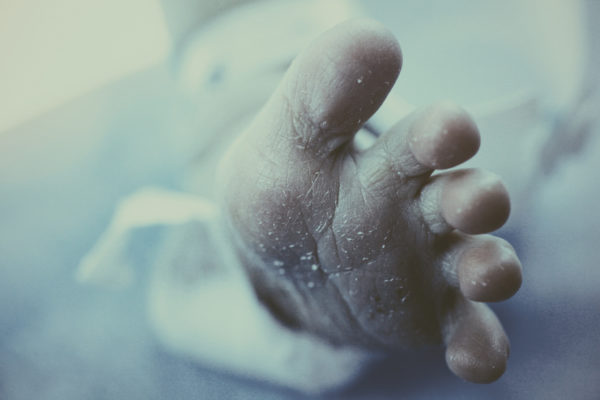
Jaundice, a common and curable disease found in newborns, has symptoms such as yellow skin, yellowing eyes and sluggishness. Although normally not fatal in more developed countries, the lack of resources in Sub-Saharan Africa and South Asia has resulted in lifelong disabilities or death for thousands of infants.

Texas Engineering World Health (TEWH), a student-led organization focused on creating medical projects for the developing world, is building a low-cost neonatal incubator for underfunded hospitals and clinics to treat jaundice.
The incubator will break down the buildup of bilirubin, a protein that causes jaundice, by incorporating a light therapy tool called Bili lights.
“The most difficult part has been trying to create something that functions well but is also low-cost and requires minimum power,” said Alina Schroeder, president of Texas Engineering World Health. “This constrains a lot of the choices we are able to make.”
Students have to be creative with their innovation plans because the solutions must be practical for implementation in developing countries. The undergrads in TEWH handle every detail in the process, from conducting market research to building the prototype.
This year’s team will be competing in the Engineering World Health’s Design Competition on May 30, 2018.
In 2015, TEWH won first place for their patient monitor that keeps track of heart rate, electrocardiogram signals and oxygen saturation of blood. Through visual alerts, the monitor warns nurses if a patient is beginning to experience cardiac or respiratory distress. The device also comes with a replaceable backup battery and uninterrupted power circuit to combat unstable power conditions.
Winners of the competition will be awarded $1,000 to support future design projects and research. The design will also be made available on the Engineering World Health’s Design Competition website for anyone to implement in developing countries to help solve common health concerns.
“We hope that with our design we’ll be able to make a lasting impact on the lives of people in developing nations,” said Stratos Maragoudakis, vice president of corporate relations for TEWH.




